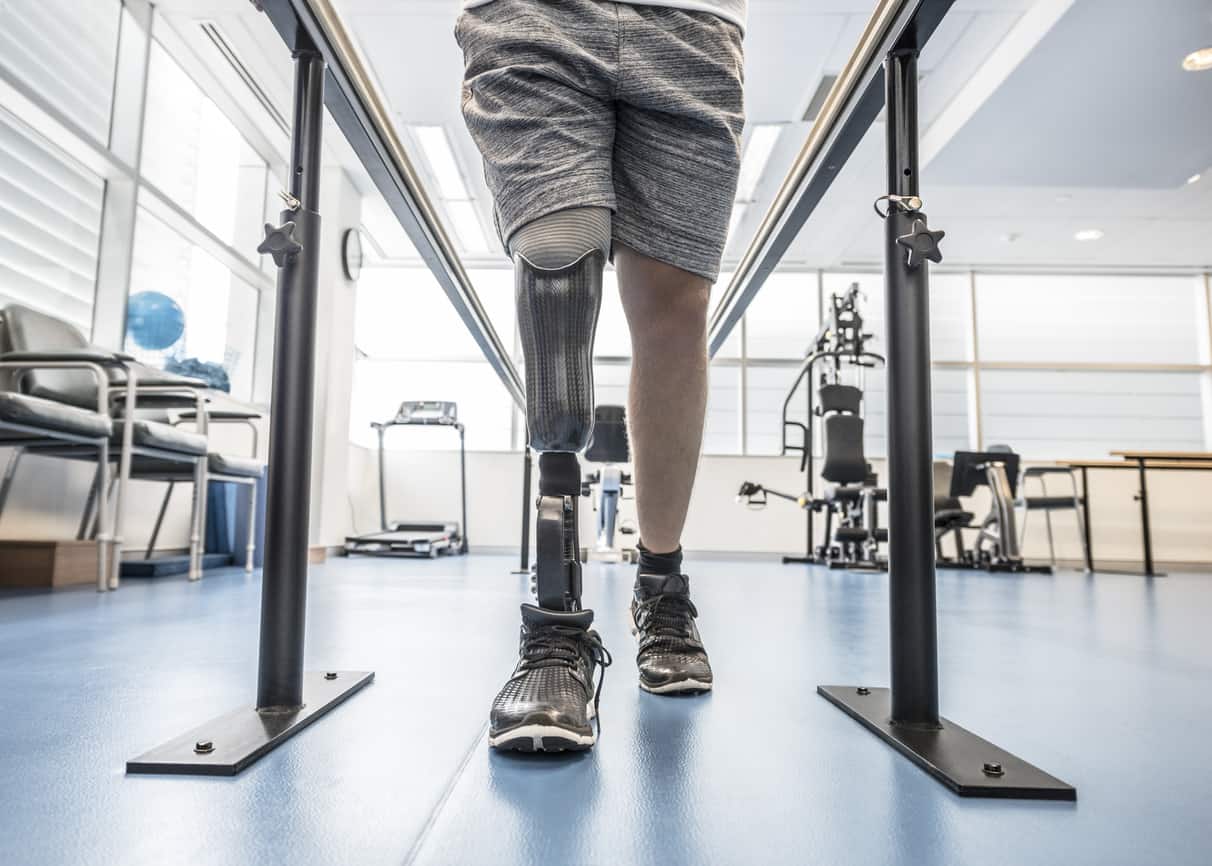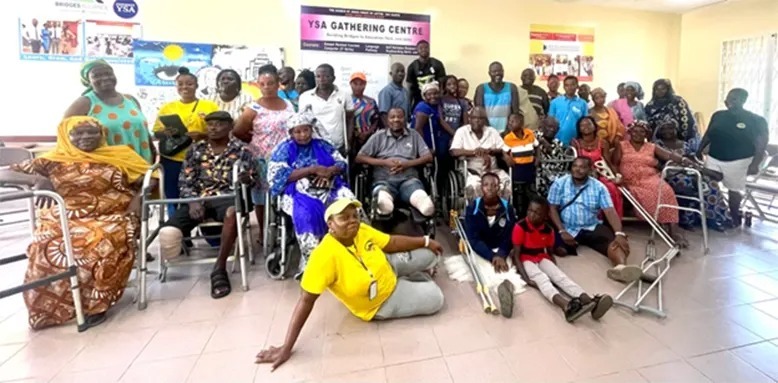Researchers at the University of Central Florida (UCF) and Limbitless Solutions completed a study about how machine learning may streamline level design for training users of bionic prosthetic arms. The research team also developed a training game to assist patients who use an eye-tracking wheelchair. Limbitless Solutions, founded and based at UCF, specializes in creating personalized 3D-printed, EMG-powered prosthetics and other accessibility technology.
“These games are now fully integrated into the Limbitless experience,” said Peter Smith, PhD, head of game development and training, and an associate professor and director of the games and interactive media program in the university’s Nicholson School of Communication and Media. “The kids get the games first to learn to use and strengthen muscles they may not have needed to use before. The goal is to have the kids practice and learn in the games and have all their failures in the games so that when they get their arms, they are immediately successful.”
A machine learning agent, Program for Autonomous Unity Learning (PAUL), was integrated into an endless runner game called Limbitless Runner, which contains obstacles and power-ups that the user must avoid or collect. Past work with Limbitless Runner proved effective in training muscles with an EMG game controller to prepare users for bionic arms.
“The study helped us build on the testing and validation of the level design, which supports improving the testing,” said Albert Manero, PhD, Limbitless executive director and cofounder. “It also helps our team to accelerate the design phase so that we can have the games in use by our bionic kids. Building on the use of machine learning will enable us to make training games that support faster and more robust learning, while we work to have them be as much fun as possible for bionic kids.”
The machine learning agent allowed the team to refine the design process, provided an artificial intelligence (AI) player to race against in the game, and comparisons in optimizing and evaluating user progress. The researchers said they envision future work focusing on using machine learning to reduce potential frustrations by recognizing imperfect reactions and much more.
“We envision a future where all these types of AI can exist in our training games and support the bionic kids in using their prosthetics,” Smith said. “Going forward, we will likely use more machine learning agents for verification and possibly for nonplayer characters, but we are also interested in other AI applications.”
Dombrowski says he believes machine learning can expand access and even customize the experience for patients.
“This holds exciting potential for helping us fine-tune training protocols,” he says. “We can identify patterns and make data-informed adjustments to how difficulty is scaled or how muscle control challenges are presented. Eventually, [AI] could even support automatic personalization for each child based on their learning capability and progress, ensuring that training meets them where they are.”
Gamified training also provides an opportunity to study how children may interact with their bionic arms in ways that are distinct from a lab setting, giving researchers a fuller perspective, Dombrowski said.
“Games provide immediate feedback, narrative immersion, and, perhaps most importantly, a space where failure is expected and retrying is encouraged,” he said. “This mindset shift is critical because if a prosthesis doesn’t work perfectly right away, it can negatively affect a child’s willingness to continue using it.
“Helping children hone their muscle control in game environments gives them the foundation to succeed once they transition to the real prosthetic,” he says. “Over time, they progress from simply making a basic flex to using different levels of muscle engagement to trigger multiple gestures and controls, creating an intuitive pathway from gameplay to real-world usage.”
Editor’s note: This story was adapted from materials provided by UCF.
The study, “Enhancing gamified training usability for prosthesis via reward based learning AI model,” was published in Simulation & Gaming.
.jpg)

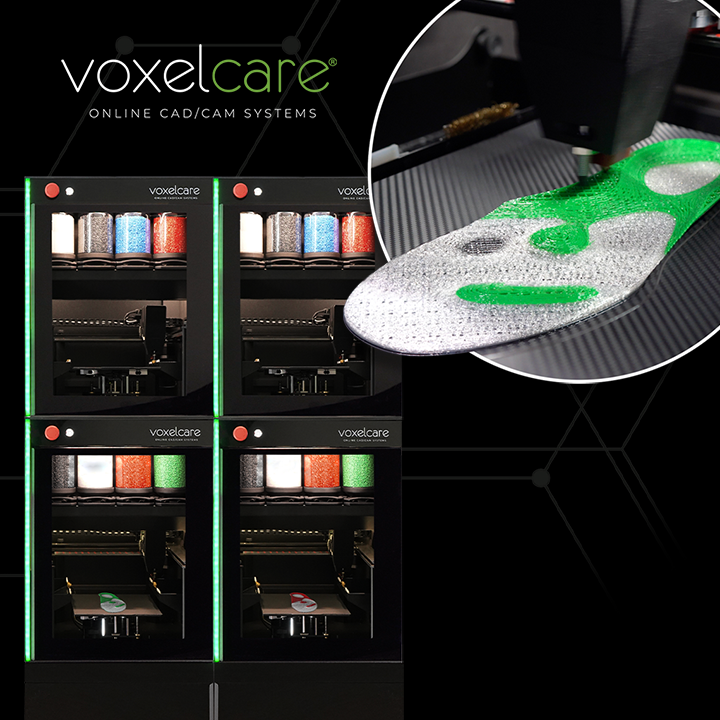

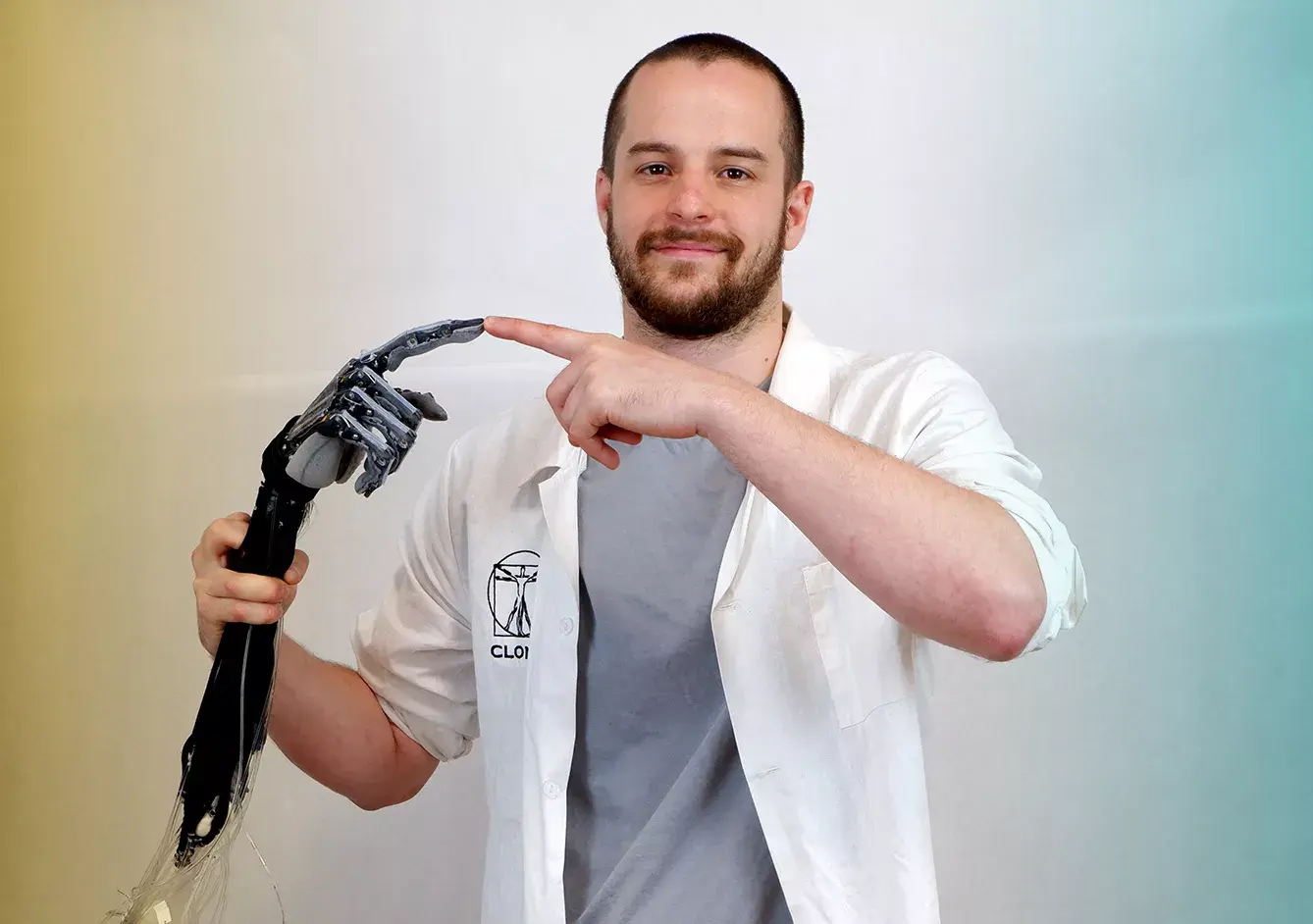

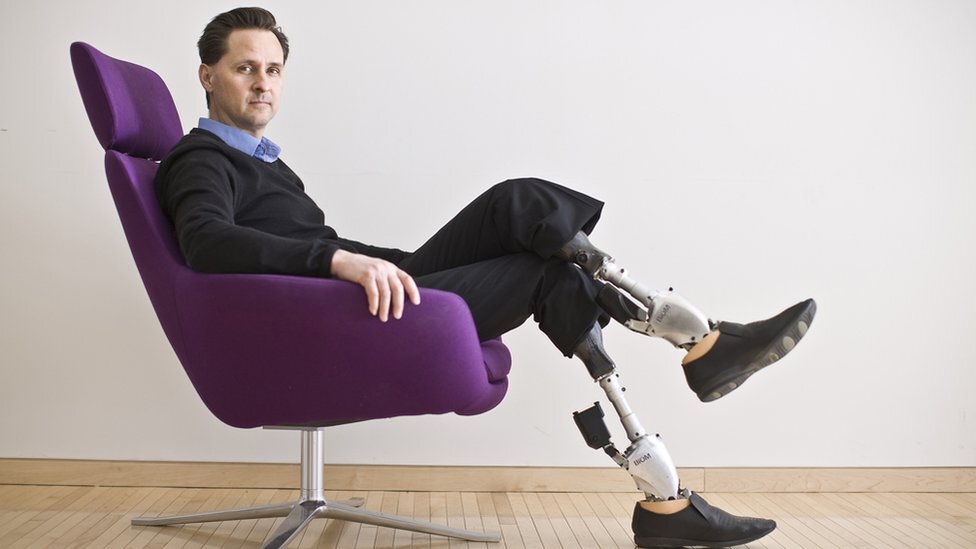
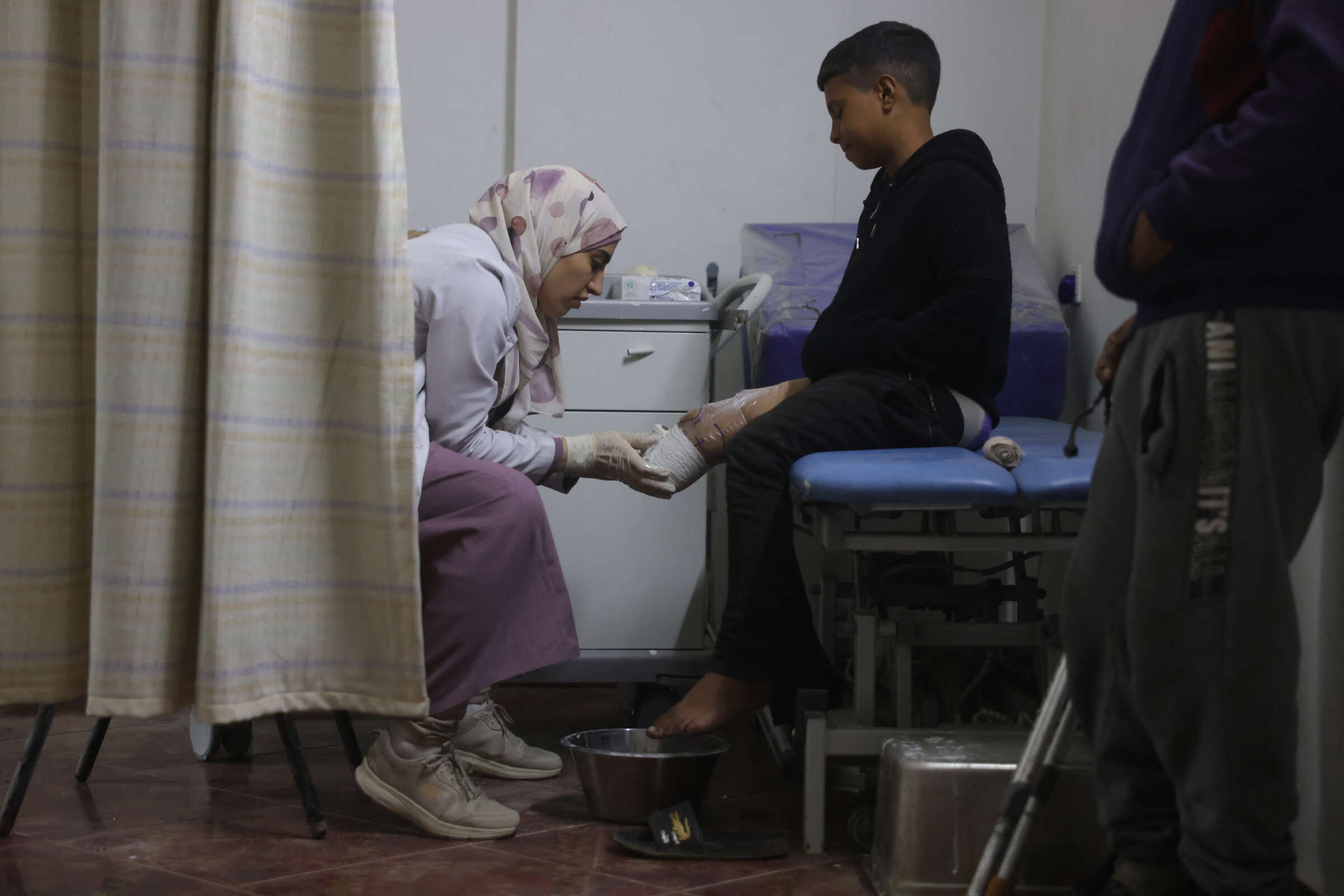
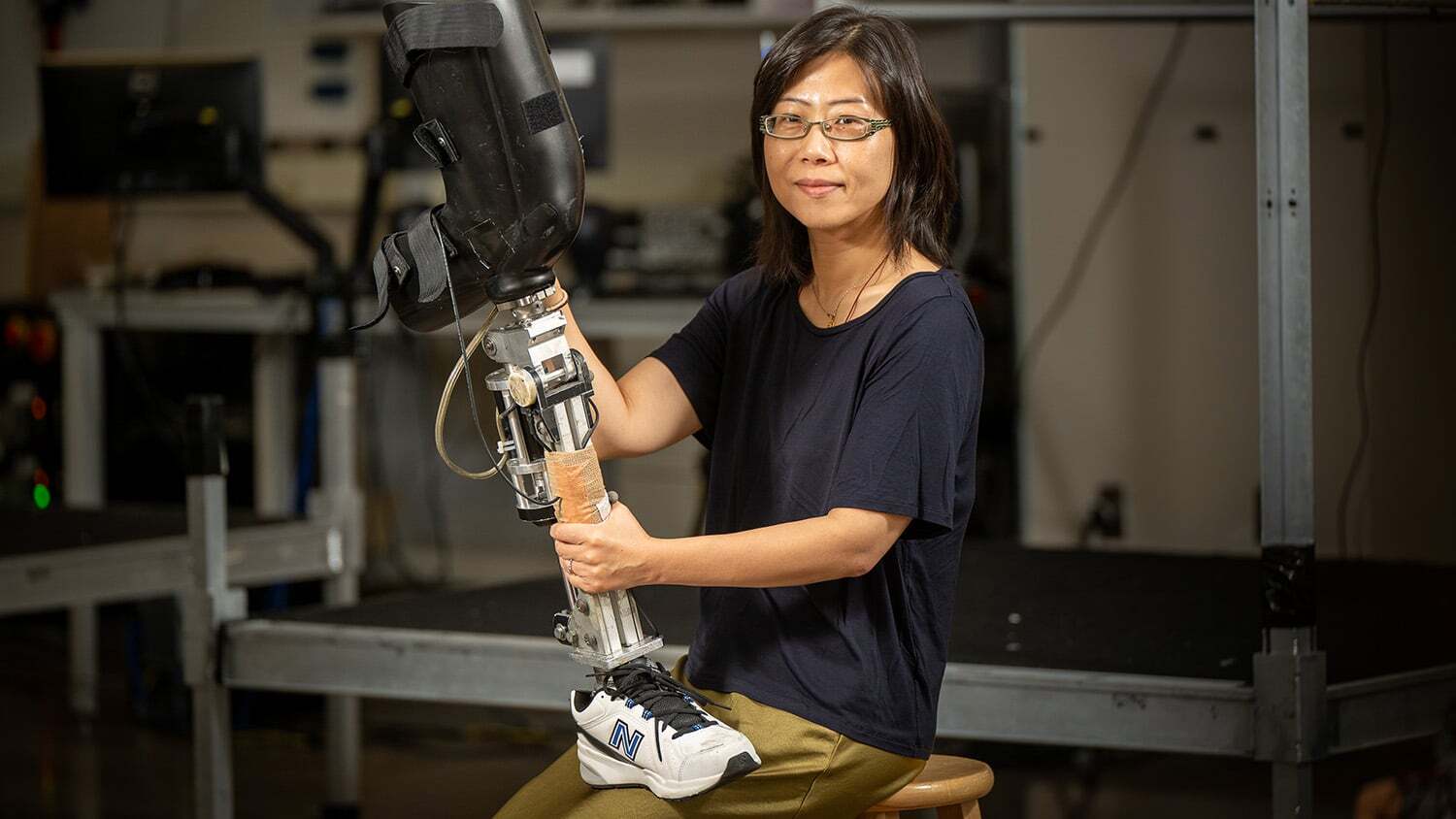


-1.png)
